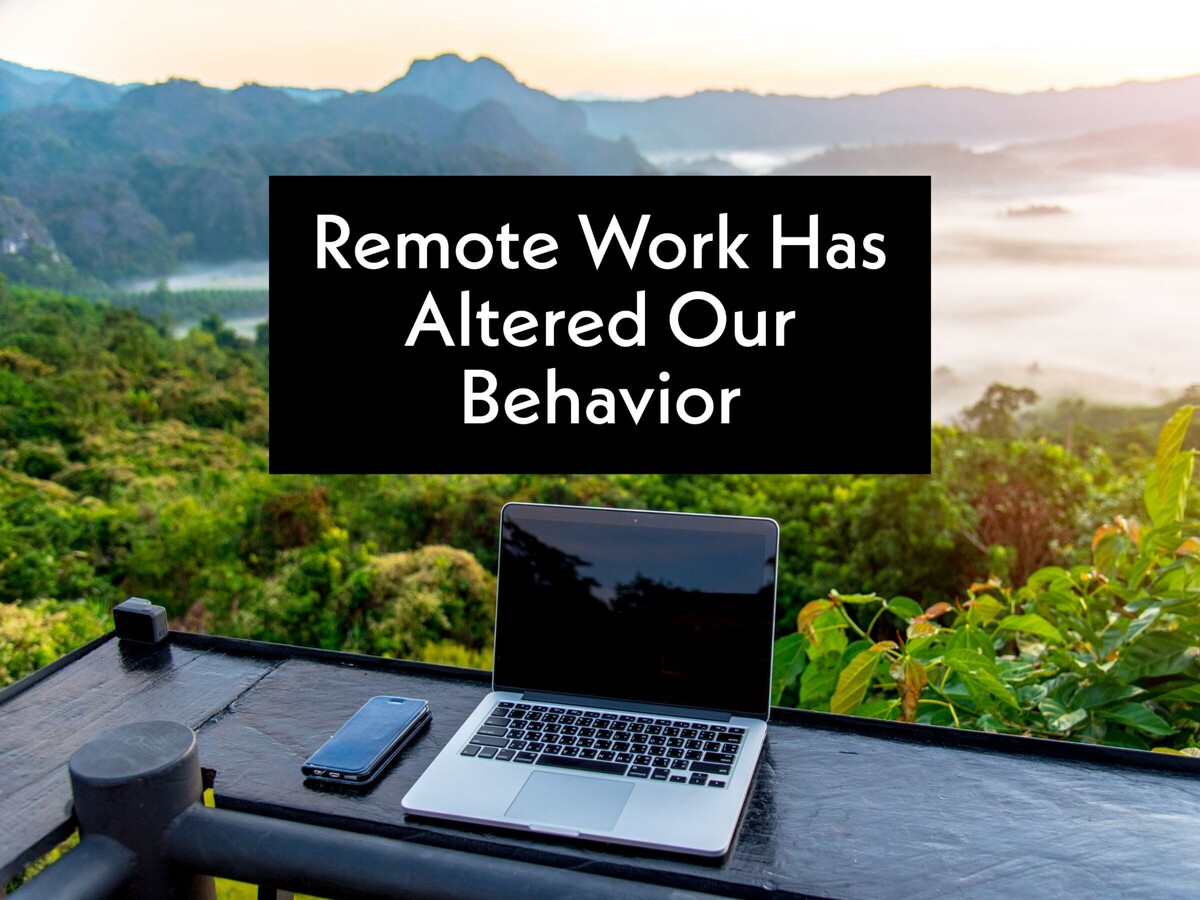Image


2020 saw a dramatic shift in the way Americans worked, as lockdowns and social distancing measures forced many to switch to remote work. And this shift is here to stay, according to research presented during a recent webinar hosted by the U.S. Census Bureau’s Local Employment Dynamics (LED).
The research, which used data from the Census Bureau’s Longitudinal Employer-Household Dynamics (LEHD) Origin-Destination Employment Statistics (LODES) commuting data, showed that the traditional 9-to-5 workday may have become a thing of the past. The pandemic has led to an uptick in remote work, with paid job postings from LinkedIn revealing a 457% increase in remote work from 2020 to 2021. This shift has had a significant impact on commuting and consumer spending at restaurants, retail outlets, and demand for commercial real estate.
Chris Worley, a consultant with Fourth Economy Consulting, presented research during the webinar that explored the impact of remote work on daytime populations in job centers. He noted that some of these population shifts may be here to stay, as employees value flexibility and believe a hybrid model is ideal.
This shift to remote work has also pushed down demand for office space and affected where people spent their money. Fewer workers meant fewer shoppers and diners for small businesses in job hubs, and sales of work apparel dropped as people no longer needed to dress up for the office. But on the upside, fewer commuters on the road reduced carbon emissions and resulted in some of the cleanest air cities had seen in years.
Pairing Bureau of Labor Statistics survey on the ability to work remotely by industry and Longitudinal Employer-Household Dynamics (LEHD) Origin-Destination Employment Statistics (LODES) commuting data, Worley’s research revealed a shift in daytime population from traditional urban job centers to suburban and rural areas. The research used pre-pandemic data for home and work locations of workers to estimate the change in daytime population based on remote work information by industry.
Industries are now segueing into new business models, such as virtual workspaces, to remain relevant. The shift to the new normal of remote work has far-reaching implications across a variety of areas. Recent results from the American Community Survey (ACS) show that public transportation’s share of total commuting fell from 5% in 2019 to 2.5% in 2021
— the lowest percentage of workers commuting by public transportation that has ever been recorded by the ACS. Surveys have also shown that more Americans are considering relocating to more affordable or convenient U.S. cities or regions amid the growing acceptance of remote work.